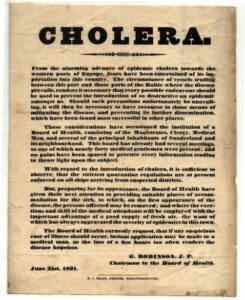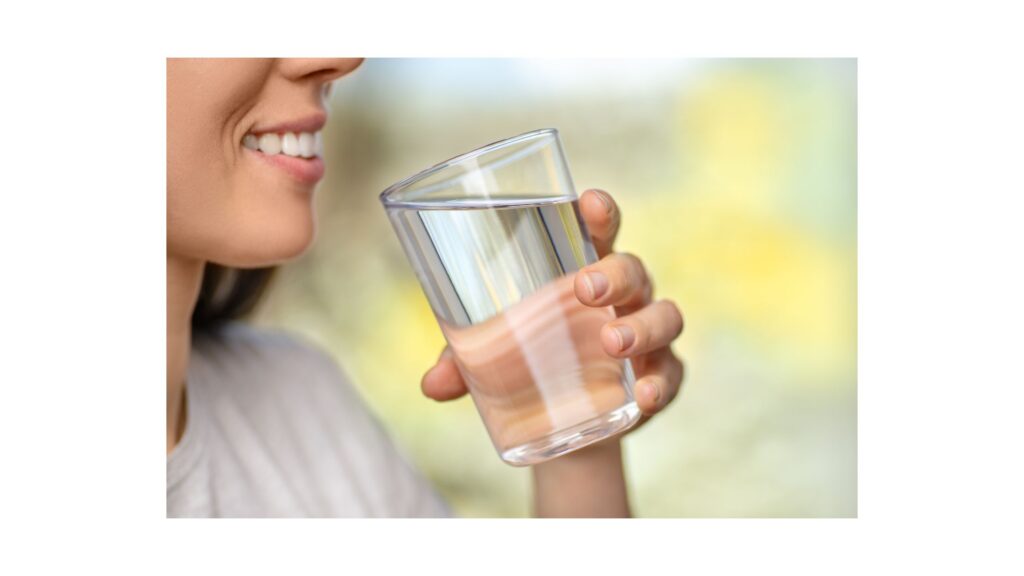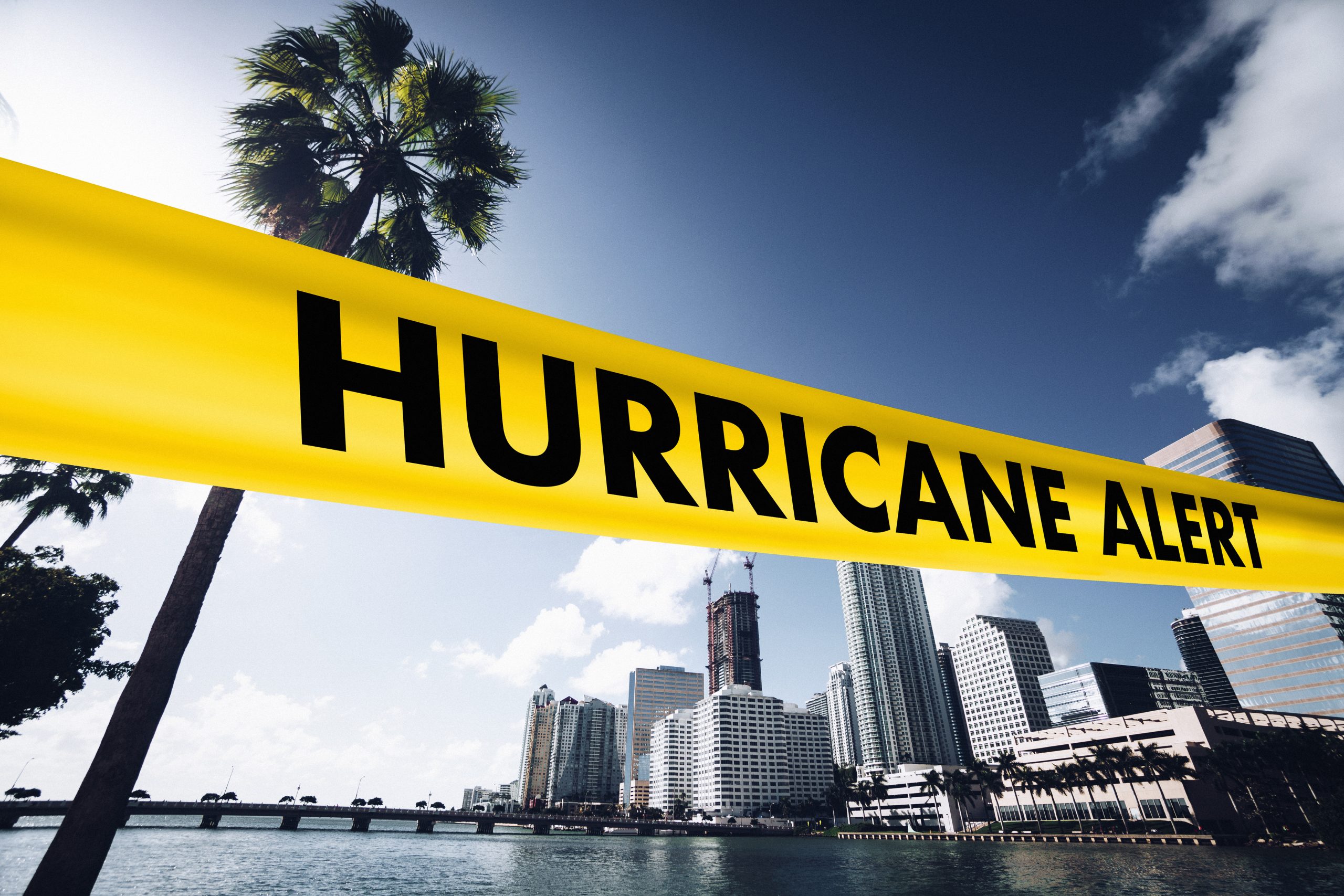Water comes from a variety of sources, such as lakes and wells, which can be contaminated with germs that may make people sick. Germs can also contaminate water as it travels through miles of piping to get to a community. To prevent contamination with germs, water companies add a disinfectant—usually either chlorine or chloramine—that kills disease-causing germs such as Salmonella, Campylobacter, and Norovirus. https://www.cdc.gov/healthywater/drinking/public/water_disinfection.html


In the 19th century, the US suffered from frequent outbreaks of cholera, typhoid fever, and dysentery. Children routinely died from these diseases before their 5th birthday. Even adults were lucky to live past age 40. UW Madison environmental epidemiologist and population health sciences professor Dr. Marty Kanarek insists it’s a very real picture of what life used to be like in the United States. https://www.cityofmadison.com/water/insidemwu/why-add-chlorine-the-story-behind-water-disinfection
According to FEMA, Cholera Epidemics account for 2 of the 12 worst disasters in U.S. history. https://training.fema.gov/hiedu/docs/hazdem/appendix-worst%20disasters%20lives%20lost.doc. Outbreaks continued across the country for decades, until one city changed everything. In 1908, Jersey City, N. J., began adding small amounts of chlorine to its drinking water. https://www.nj.com/hudson/2008/12/jersey_city_water_was_first_to.html.
Why chlorine? The high toxicity of chlorine makes it a powerful chemical that can destroy the bacteria, microbes, and pathogens that because waterborne illnesses carried by our water supply. By neutralizing these disease-causing germs, we improve the short-term health of everyone.
The practice of drinking water disinfection quickly spread, and suddenly the picture of public health in the U.S. started to change.
Chlorine has played a significant role in increasing the life expectancy of Americans by 50 percent during the 20th century. For this and other reasons, the U.S. Centers for Disease Control and Prevention (CDC) lauds drinking water chlorination as “one of the most significant health advances in U.S. history.” https://www.cdc.gov/healthywater/drinking/index.html
In addition to killing dangerous germs like bacteria, viruses, and parasites, chlorine also helps reduce offensive tastes and odors in water. Furthermore, the chemical helps to eliminate molds, slime, algae, and bacteria that grow in water supply reservoirs, storage tanks, and on the walls of water mains.
Consequently, the U.S. Environmental Protection Agency requires that water providers add a detectable level of chlorine in their water to help protect against pathogens as the water flows from the treatment plant to the consumers’ homes. https://www.epa.gov/system/files/documents/2021-12/ds-toolbox-fact-sheets_disinfectant_residual.pdf




